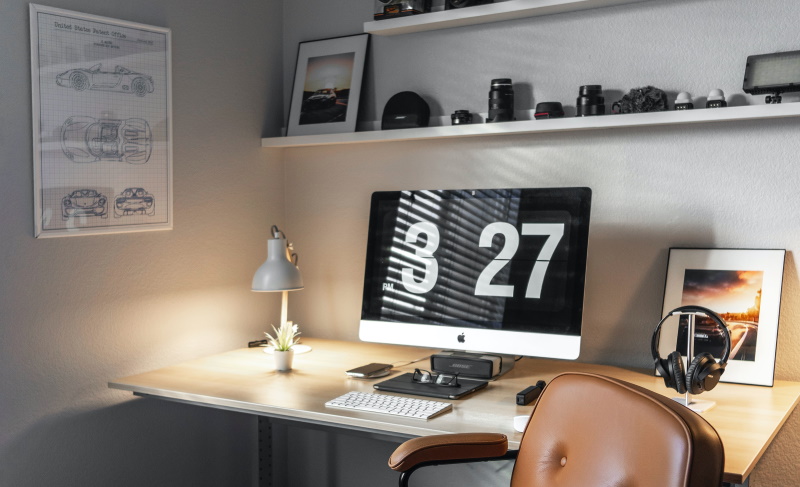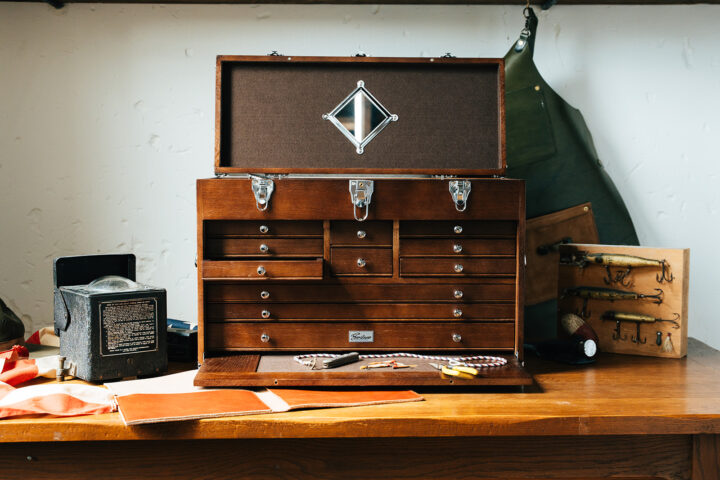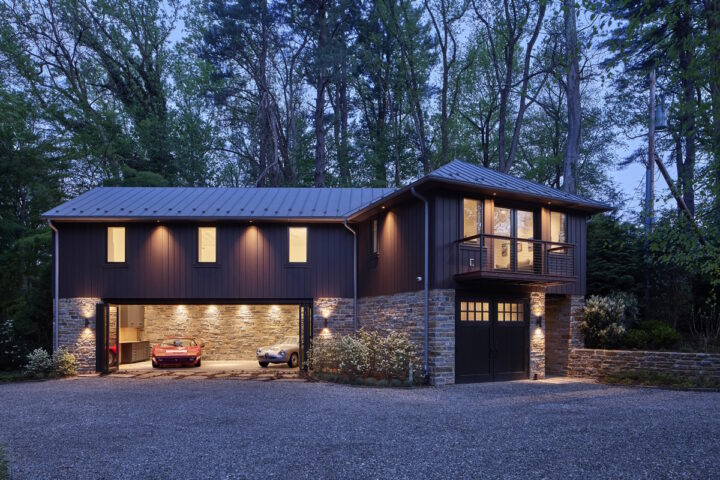Thanks to the global pandemic more people are working from home than ever before, and even when all the lockdowns do end, many companies plan on staying remote. As someone who has worked from home or a hotel room for over a decade, not much changed for me, but for people who were used to going into the office every day has been life-changing and the prospect of a “new normal” is weighing heavy on many freshly-minted remote workers.
For many coping with finding space, staying on task, and balancing work and home life now that they are in the same place has been very difficult. In addition, most companies aren’t providing any kind of stipend for employees to set up a proper workspace at home. Building out your home office the right way can boost your mood, productivity, and help you embrace your new routine.
Designate Space:
Separating your living and workspace as much as possible will make focusing on work much easier. While not everyone has the luxury of a spare room or a study to set up shop in, creating physical barriers that define your workspace will help you get into the mindset that you are “at work.” It can be something as simple as positioning a bookshelf to create your own cubical to building out a fully functional remote office.
Move if you can:
I have long been a proponent of remote workers and entrepreneurs moving to smaller communities even before the pandemic, it not only breathes new life into small towns but can also be a vast improvement in your quality of life. Not only have I done it myself, moving from the Los Angeles area to Central Texas a few years ago, but as the weeks of lockdown turned into months many of my family and friends have also left big cities for smaller communities, some even moving to new states.
If your remote job is going to be truly remote moving forward, spending all day in an apartment in a locked-down city doesn’t seem like a good long-term solution. Paying the average of $2,800 a month for a 500 sqft studio apartment in New York City doesn’t make a lot of sense if you don’t have to be in the office every day when you can rent a 3 bedroom house within an hour’s train ride for less than half that amount. Depending on where you are you might also take the opportunity to try a new city, part of the country, or if you can travel, perhaps even a new part of the world. Just make sure to move somewhere with good internet.
Keep it clean:
Do an audit of your home and workspace and reduce the clutter. You likely don’t need all those old tax documents from the 1990s or that broken printer you have stacked your new printer on top of. Once you have done your initial clean up and decluttering, make sure to maintain it weekly, sorting through the mail, notes, and general cleaning. Remember you don’t have janitorial staff anymore coming by the office to empty trash and vacuum, it’s all on you.
Invest in a desk:
Being nomadic for many years meant I didn’t really have a desk or much furniture, I would road trip from location to location and my desk for years was a small folding card table. Once I settled in Texas I was still using it for a few months before finally getting a real desk. If you have space and the budget get an actual desk, it not only gives you the space you need to work but a modern desk will have a lot of storage options. Also, a good office chair makes a big difference.
Up your technology:
Working remotely means you have to be on camera…a lot, be it a zoom calls with clients, virtual conferences, or weekly team meetings, your face on a screen for many people will be their first impression of you, so make it a good one. Upgrading your camera, microphone, and headset help, but simply investing in some proper lighting can make a major difference in how you look on camera. Set up your camera and lighting and try it out. If you are using your phone a simile ring light with a built-in phone mount will do. Also, be aware of what is behind you when on camera, if you wear glasses remember your screen might be reflected in them.
Get dressed for work every day:
It may seem silly, but getting dressed for work does help put you in the right mindset, it also means you are camera ready. A good rule of thumb is, if you wouldn’t take an in-person meeting in what you are wearing, you shouldn’t take a virtual one. Also if you are going to put on a suit for your next video conference, please make sure to wear your pants, way too many guys have forgotten their camera is on and it’s not a good look.
Obviously, everyone’s experience, needs, and home/work life is going to be different, so take some time and figure out what is right for you and your family. Make sure your company is on board with any major changes, like moving to another state or travel plans. As someone who hasn’t had to really go into an office since 2007, I can tell you it an and adjustment, but once you get settled it can be an amazing lifestyle.





















